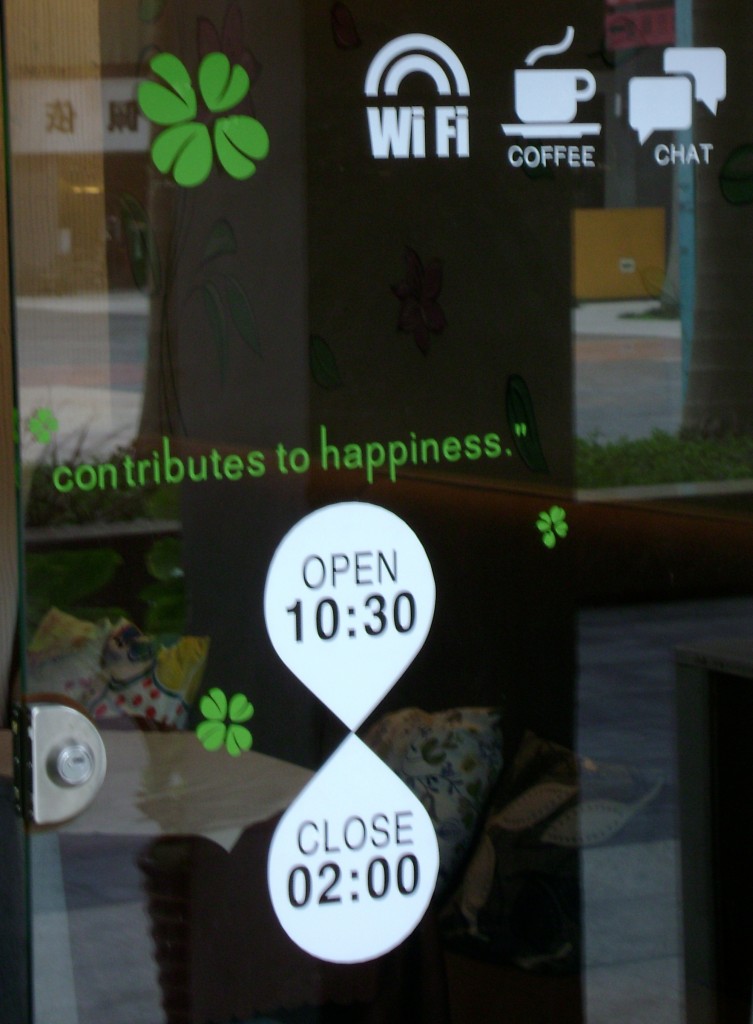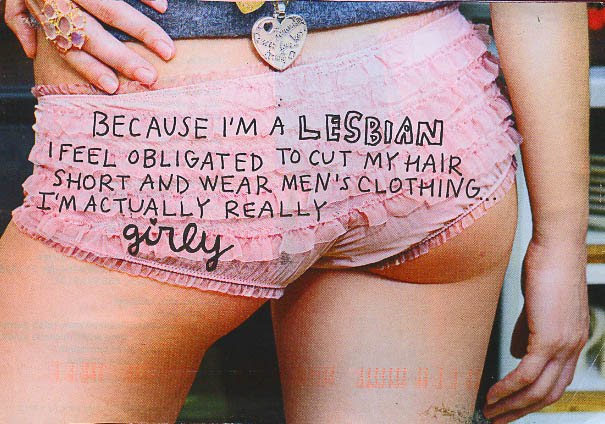In and around the apartment complex where we live in Nanning, China, there are no less than five coffee shops. They are part of what make our neighborhood so much, well, like a neighborhood. Several of them have free wi-fi and they all have finely crafted, good quality kafei (coffee).
But my wife and I have learned the hard way that if we want coffee in the morning, we either have to go to McDonald’s or make it ourselves. While your average US Starbucks employee arrives at work before the sun peeks its head above the horizon, baristas in China report to work around 10 am. And while some Starbucks and rare other coffee shops in the US are open until ten or even midnight (at the latest), their Chinese counterparts stay open until two in the morning every night.
Needless to say we found these business hours confounding, and poked around to find out why anyone would want to drink such strong coffee (and, do not doubt, this coffee is stout!) so late at night.
As it turns out, China’s coffee history dates back to the early 19th century, but in all those years, coffee never “caught on.” And it is not really a mystery as to why. China’s tea culture has a centuries-long monopoly on China’s liquid ingestion. Coffee? Well, its OK, if you like that sort of thing.
But if for 200 years the Chinese have resisted coffee, why now are coffee shops finding enough success that there is room for five in one small neighborhood? The answer is in the picture of my wife below. Chinese cafes are dimly-lit, quiet, and “romantic” (or at least that is the goal of the decor) rendezvous points. A new high school couple might take their xiuxi (afternoon rest – the Chinese version of a siesta), flirting with each other while sipping on lattes. After a night out on the town, young couples flood the cafes, taking lots of pictures, drinking beer and maybe a couple of iced macchiatos.
The marketing scheme is actually quite impressive. If you can’t win them over with quality, lovingly brewed, pristinely presented coffee, make the coffee shop a romantic oasis. Draw them in with the promise of passion and mystery and win them over with brilliantly executed coffee.
The pictures are just a bonus.
Evan Schneider is a graduate of Princeton Theological Seminary. He teaches English at an education college in Nanning, China. While in China he enjoys learning to cook Chinese food and discovering the differences between the way that Chinese and American people think about food. He blogs about it at Cooking Chinese.















